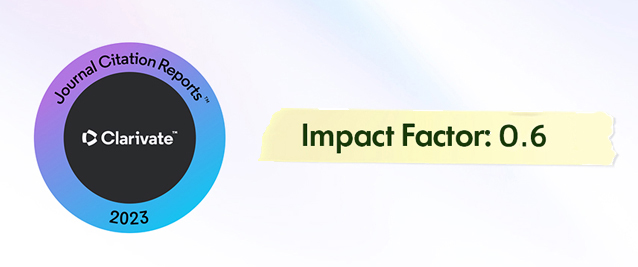Abstract
Photocatalytic degradation of diclofenac, an anti-inflammatory drug, was investigated with
TiO2 photocatalyst under UV light (365nm). The effects of photocatalyst concentrations (0.5
g/L, 1 g/L and 2 g/L) and air flow rates (3L/h, 6 L/h, 12 L/h and 18 L/h) on photodegradation kinetic were evaluated for 15 mg/L diclofenac solution during 4 hours. The results showed that
the amount of TiO2 and air flow rates have direct influence on the photocatalytic degradation of diclofenac. Excessive catalyst amount and high air flow rates inhibited the degradation of diclofenac. The highest diclofenac degradation efficiency of 78.4 % were achieved by 6 L/h air flow rate with a photocatalyst concentration of 0.5 g/L. The photocatalytic degradation of diclofenac followed the Langmuir-Hinshelwood kinetic model except the experiments carried without air flow and very low air flow rates.














